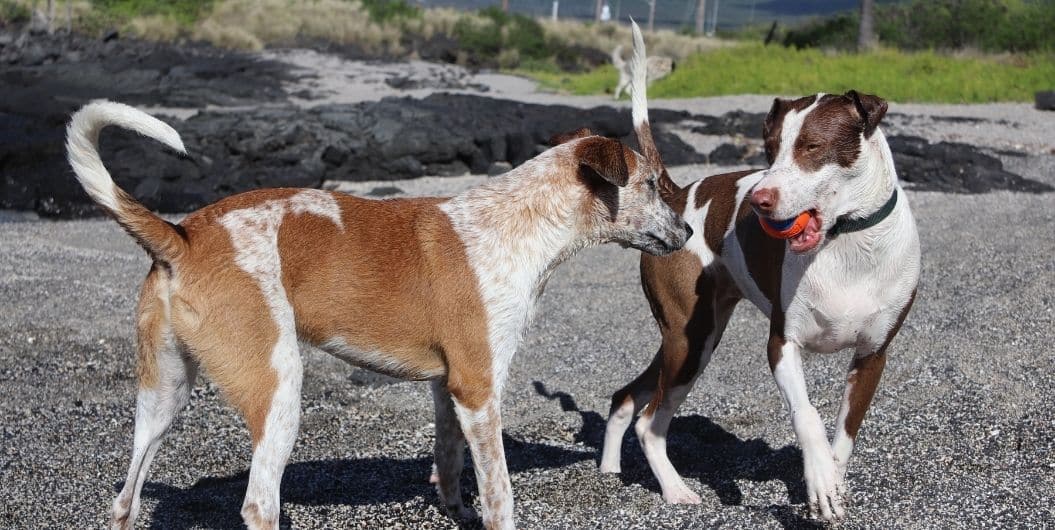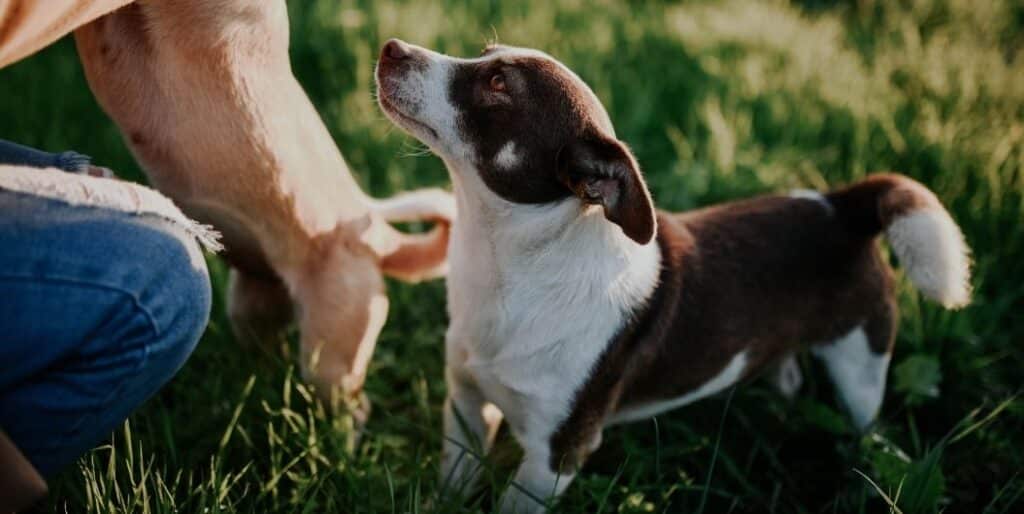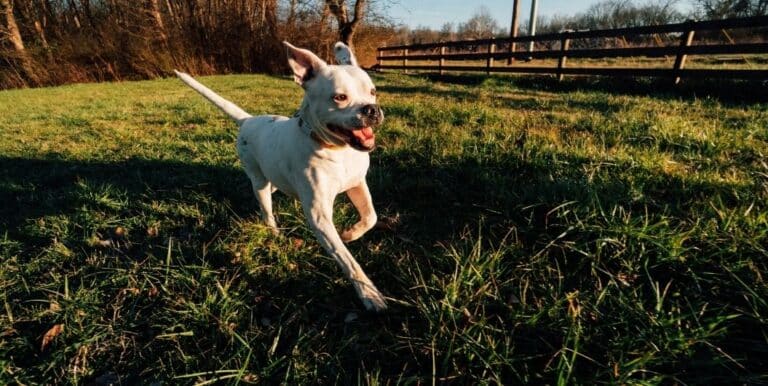How Do I Make Dogs Wag Their Tails?

It is not possible to make dogs wag their tails by force, but it is often possible to generate the conditions that make dogs inclined to wag their tails. As tail wagging is a communicative gesture, it is important to set up a situation in which the dog would need to send a particular message of peace with its tail. Some people believe that tail wagging is caused by a state of conflict in which the dog wishes to both stay and go, so constructing that situation might also work. While most dogs wag their tails to some extent, puppies less than the age of six weeks do not wag their tails, so it is important to wait until the dog is older to stimulate this behavior.
The type of tail wagging with which humans are often most familiar is the friendly, happy type of wagging that occurs when dogs are excited to see their owners or other familiar friends. To make dogs wag their tails in this way is fairly straightforward and involves simply determining what the dog likes. This may also involve building a relationship with the dog if he or she is fearful. It is not always possible to build a trusting relationship with a dog that has been abused, so it may be rare to see happy tail wagging in this type of animal.

Dogs can also present this gesture when in a state of conflict. This type of conflicted wagging usually means that the animal is on edge and is caught in indecision. Generally, it is not advisable to attempt to make dogs wag their tails in this way, as this can result in injuries and may be unnecessarily cruel. Even so, it is possible to generate this type of wagging by creating a complex social situation in which the dog is unsure which action is correct. Presenting conflicting commands may be enough to stimulate the wagging response.
In some instances, it might be important to make dogs wag their tails on cue, which is not always an easy trick to teach. Dogs who uniformly react with wagging in the presence of a particular stimulus can often be easily taught to wag by adding a reward to the reaction. This is particularly useful when the dog is performing, as a simple signal can be used to stimulate the wagging response rather than an object or person. To ensure that the wagging response is to the command and not the person delivering the command, it is important to experiment with multiple people signaling to the dog.






